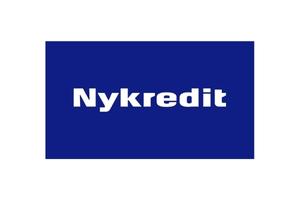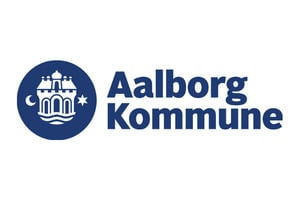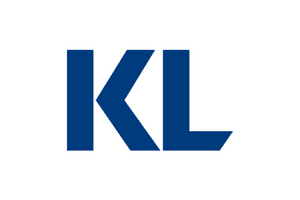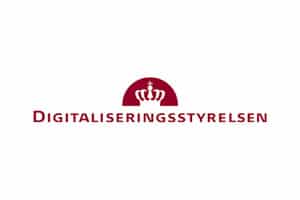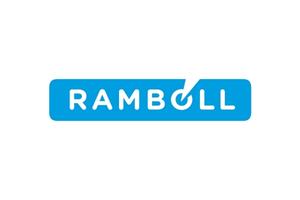Wellbeing and leadership in the hybrid workplace
A few years ago, working flexibly in terms of time and place was a rare commodity. Indeed, it was often an exotic phenomenon. Today, it's an expectation for many - especially in knowledge work. And the prevalence of hybrid working is only likely to increase.
But the task of creating wellbeing in the hybrid workplace is challenging for many managers. In fact, it differs in a number of ways from how managers improve wellbeing in the physical workplace.
At LEAD, we have the expertise to help you achieve widespread employee wellbeing in the hybrid workplace. This applies whether you're a small, medium or large organization - and whether you're in the public or private sector.
The importance of balance
We use the demand-resource model as a starting point when explaining wellbeing in the hybrid workplace. The model balances the demands and resources of the job. The balance must be maintained to avoid stress and burnout on the negative side and create motivation and well-being on the positive side.
According to the demand-resource model, wellbeing occurs when there is a balance between job demands and job resources. This increases engagement and performance. If the balance of job demands is heavier than the balance of resources, it can result in unhappiness and poor performance.
Wellbeing is not just the absence of a range of risks and problems such as stress, conflict and workload. Wellbeing also involves resource factors such as autonomy, meaningfulness and job satisfaction.

